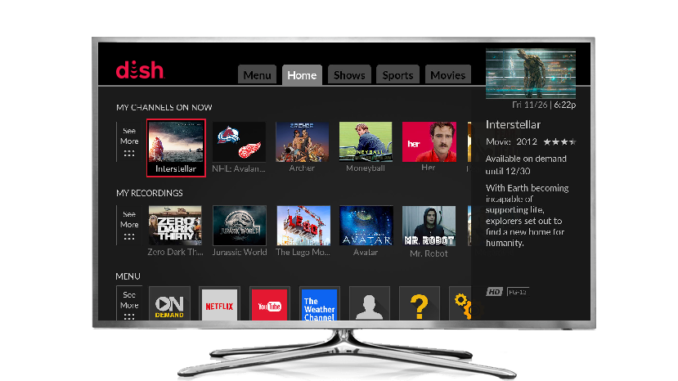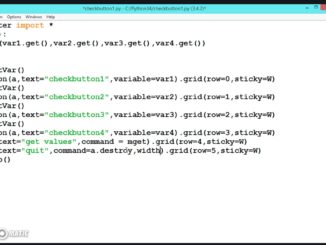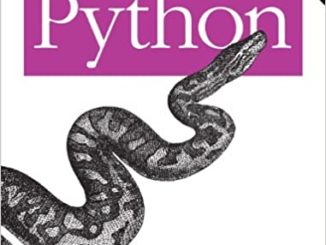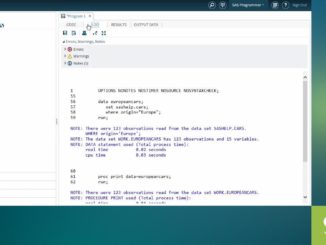
High definition television, or HDTV as it’s often called for short, is the television technology that everyone’s been talking about. It’s actually not really that new- it’s been popular in Japan for years- but it’s just now starting to take hold in the United States in a big way. Even though high definition television is all the rage and prices of high definition television sets are soaring, many Americans still don’t know that much about this stunning new television format. In fact one thing that a lot of Americans don’t know, but is perhaps the most basic thing to know about high definition television is that it is a completely separate television format from what’s come before it. Knowledge of that fact alone will go a long way toward understanding the nature of high definition television and how to take advantage of it in your home entertainment center.
Once you know that high definition television is a separate and distinct television format, the next logical question is “What makes it different from other types of television?” There are several things actually. While there is some standard definition television programming that has a wide screen aspect ratio, all high definition television programming has the same 16:9 aspect ratio as movies that are seen in theaters and any programming that has a wide screen format. Another major difference is the resolution of the picture. Television pictures are measured in the number of horizontal lines of resolution that they’re composed of and the pattern that those lines are scanned onto the screen. For example, standard definition television has four hundred and eighty horizontal lines of resolution that are scanned onto the in two separate steps. First the odd numbered lines are scanned onto the screen followed a small fraction of a second later by the even numbered lines, creating the illusion of a complete picture. This pattern is called an interlacing pattern and therefore standard definition television is said to have a resolution of 480i. If all of the lines of resolution are scanned on all at once, they’re said to be scanned on using a progressive pattern which is denoted with a “p” after the number. 480p is considered enhanced definition television and is free of certain visual defects that accompany interlacing scanning. High definition television has a much higher resolution than standard definition or enhanced definition television. High definition television can have resolutions of 720p, 1080i, or 1080p. It’s worth noting that 1080p still isn’t very well supported though.
These differences between standard definition and high definition television make it easy to see why there’s a need for high definition television programming in order to get the most out of a high definition television set. Standard definition television programming simply doesn’t have the resolution or the aspect ratio to do the high def format justice. Because of this, it’s a good thing that Dish Network provides more high definition television channels than anyone else, and has them incorporated into affordable programming packages. Right now, Dish Network offers twenty five national channels in its entry level high def programming package and thirty national channels in its premier high definition television programming package. Dish Network can also deliver local high definition television channels in markets where they’re offered. While this may not sound like a lot of channels, it’s helpful to keep in mind that these are a lot more channels than were available over the air in any given area before the advent of cable or satellite TV service. Even twenty five channels are also a lot more than are offered by any other television service provider. All of these factors make Dish Network a good choice for the HDTV that you need.
Proudly WWW.PONIREVO.COM
by Julia Hall



